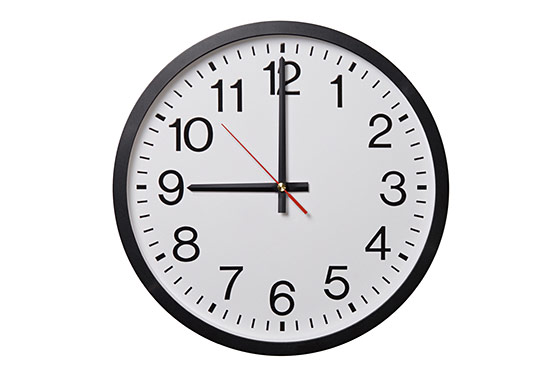
Handing out tickets before a preview performance of Angels in America recently, the press agent for the Signature Theatre whispered those magic words every critic longs to hear: “Ninety minutes, no intermission.” It was a joke, of course: Angels, if you’re seeing both parts in one day, lasts almost seven hours and has four intermissions—not to mention a dinner break. That’s a bit longer than the Public Theater’s Gatz immersion (six and a half hours, two intermissions, 75 minutes for refueling), but a mere sprint in comparison with Peter Stein’s adaptation of Dostoyevsky’s The Demons, which, not content with its twelve-hour playing time, further required a ferry ride to Governors Island and a twenty-minute walk. You get the feeling that if the producers had asked patrons to swim to the venue, they would have; Demons sold out its two performances this summer, just as Angels and Gatz have now pretty much sold out their much longer runs.
We’re in the midst of an outbreak of Marathon Fever. An easy—too easy—explanation is that it’s a reaction to hits like God of Carnage and A Steady Rain, which really were “90 minutes, no intermission.” As commercial producers gravitate toward that efficient ideal, adventurous audiences crave longer works to compensate. And not just plays. In a universe of three-minute YouTubes and 140-character tweets, a five-and-a-half-hour movie like Olivier Assayas’s Carlos (which seems to feature 140 actual characters) is a useful antidote. Similarly, at MoMA earlier this year, artist Marina Abramovic dared herself, and by extension thousands of museumgoers, to stay engaged as she sat silently at a table for the 716 hours and 30 minutes the show was open. The more isolated and brief our pleasures the more we seek the communal and lengthy—not to say punishing—experience of work that clutches whole roomfuls of people and won’t let go.
But while that may be true, it’s not news, certainly not in the theater. New Yorkers have fetishized and bragged about surviving stage marathons at least since 1981, when the Royal Shakespeare Company’s eight-and-a-half-hour Life and Adventures of Nicholas Nickleby was a hot Broadway ticket despite sticker shock ($100!) and middling reviews. Peter Brook’s nine-hour Mahabharata pulled off the harder trick of dragging Manhattanites to Brooklyn—and into bam’s sadistic seats—in the pre-hipster days of 1987. Angels itself was significantly longer when it first emerged in the early nineties, and last season I wondered, as I sat enjoying Horton Foote’s nine-play Orphans’ Home Cycle and Alan Ayckbourn’s three-play Norman Conquests, if it might be illuminating to mix and match elements from each and just stay in the theater forever.
What these marathons give up in reductive power they gain in lifelike engagement. Our experience of them is intimate, intermittent, even uncomfortable. (One of the running jokes in Gatz is the narrator’s looking quizzically at a stopped clock onstage.) The mind does wander, sometimes. Should we risk wine with dinner? … Will the F train still be going to Brooklyn by the time we get out? … Wasn’t that man across the aisle a woman in Part One? But then, perhaps, as happened for me at Angels, the sheer doggedness of the play prevails, and your interior life merges with its. Time warps as it does when you’re trapped on a plane, except that instead of watching an in-flight movie, you are part of an in-flight movie: a story that keeps burrowing deeper and in so doing somehow starts to implicate you. Ninety minutes becomes no more than a breath. And then, just when God of Carnage would kick you to the street, Angels and Gatz pause for a moment, or for an hour at Market Café, and lift you up again. If they are tests of endurance, perhaps that’s why they endure.
Have good intel? Send tips to intel@nymag.com.